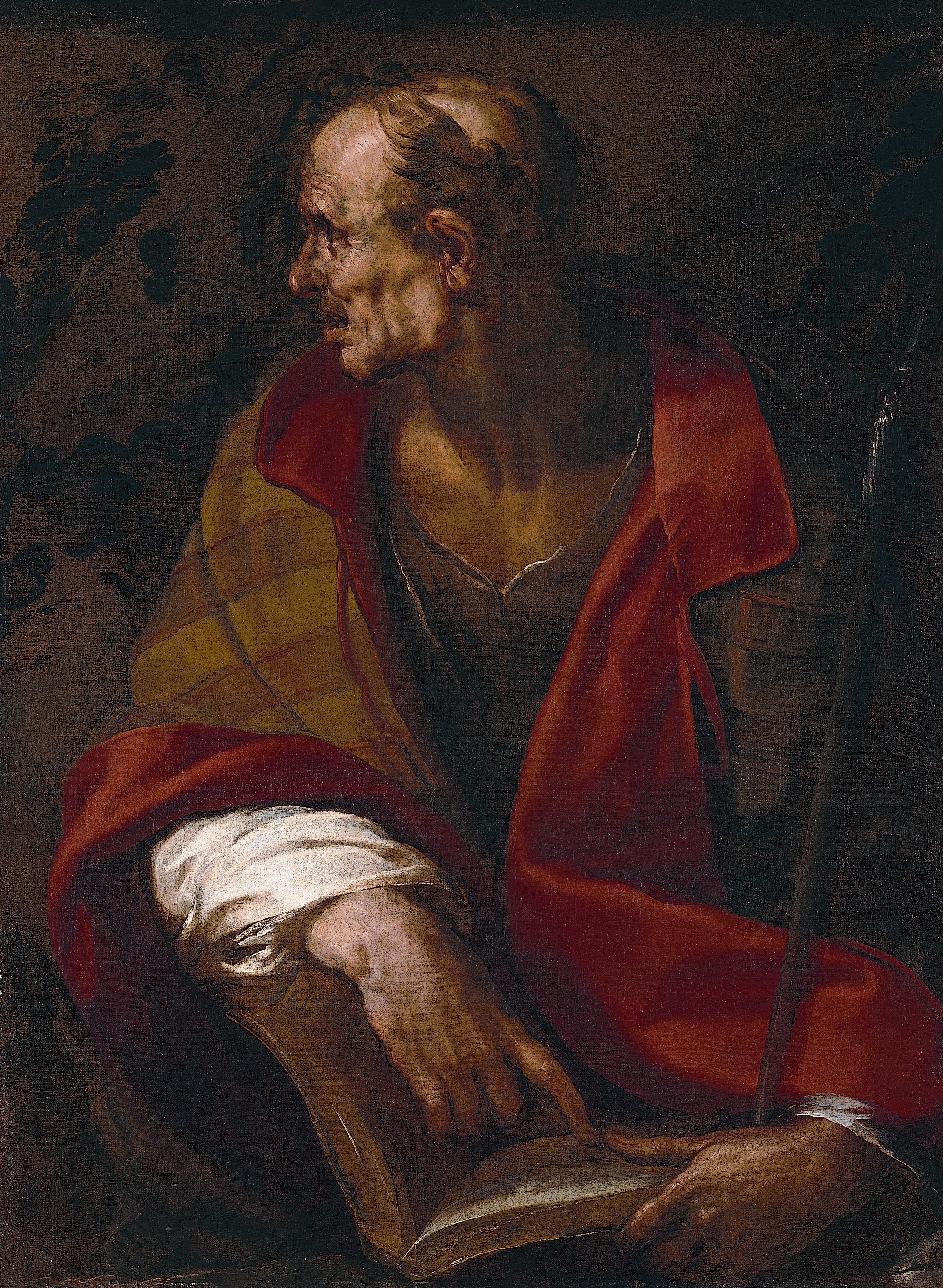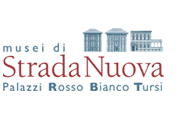
Click here to view image
Giulio Cesare Procaccini (Bologna, 1574 - Milano, 1625)
Oil on canvas, cm. 122 x 90
The four paintings kept in Palazzo Rosso are part of a scattered series of Twelve Apostles - originally completed by images of Christ and the Virgin for a total of fourteen paintings - commissioned by the noble Gio. Carlo Doria to the Bolognese artist, but Milanese by adoption, Procaccini; a letter from the painter Simon Vouet to the client testifies the execution in the autumn of 1621.
A second letter written by Horace Fregoso to the Doria, however, in December of the same year, documented a serious infirmity of Procaccini, for which the critics had assumed that only Saint Thomas was at the hands of the master and that the other paintings, which appeared inferior in quality, had been made by some help. However, it seems unlikely that the artist entrusted a student with the task of realizing part of a cycle commissioned by his most illustrious client; the last restorations have also highlighted the homogeneous pictorial quality of the four canvases.
The identity of the saints is clear in consideration of the attributes of the figures, which recur not by chance also in other series of equal subject, such as the one made by Pietro Paolo Rubens today at the Prado: Saint Paul holds his hand on the handle of the sword, that symbolizes his beheading; Saint Thomas holds a spear instrument of his martyrdom; Saint Simon the book and Saint Matthew the halberd, the weapon with which he was martyred.The figures are monumental and stand out for the full-bodied relief and for the accentuated torsional movement of the bodies: Procaccini had worked as a sculptor between 1591 and 1599 at the Duomo yard in Milan and this activity has undoubtedly influenced his style of painting. The marked chiaroscuro of the paintings is instead common to the formal choices of the other Lombards active at the beginning of the seventeenth century for the religious commission of the counter-reformed church: in particular Giovan Battista Crespi the "Cerano" and Pier Francesco Mazzucchelli the "Morazzone".
The four paintings became part of the collection of Palazzo Rosso in about 1730, thanks to the purchase of Gio. Francesco II Brignole - Sale.




